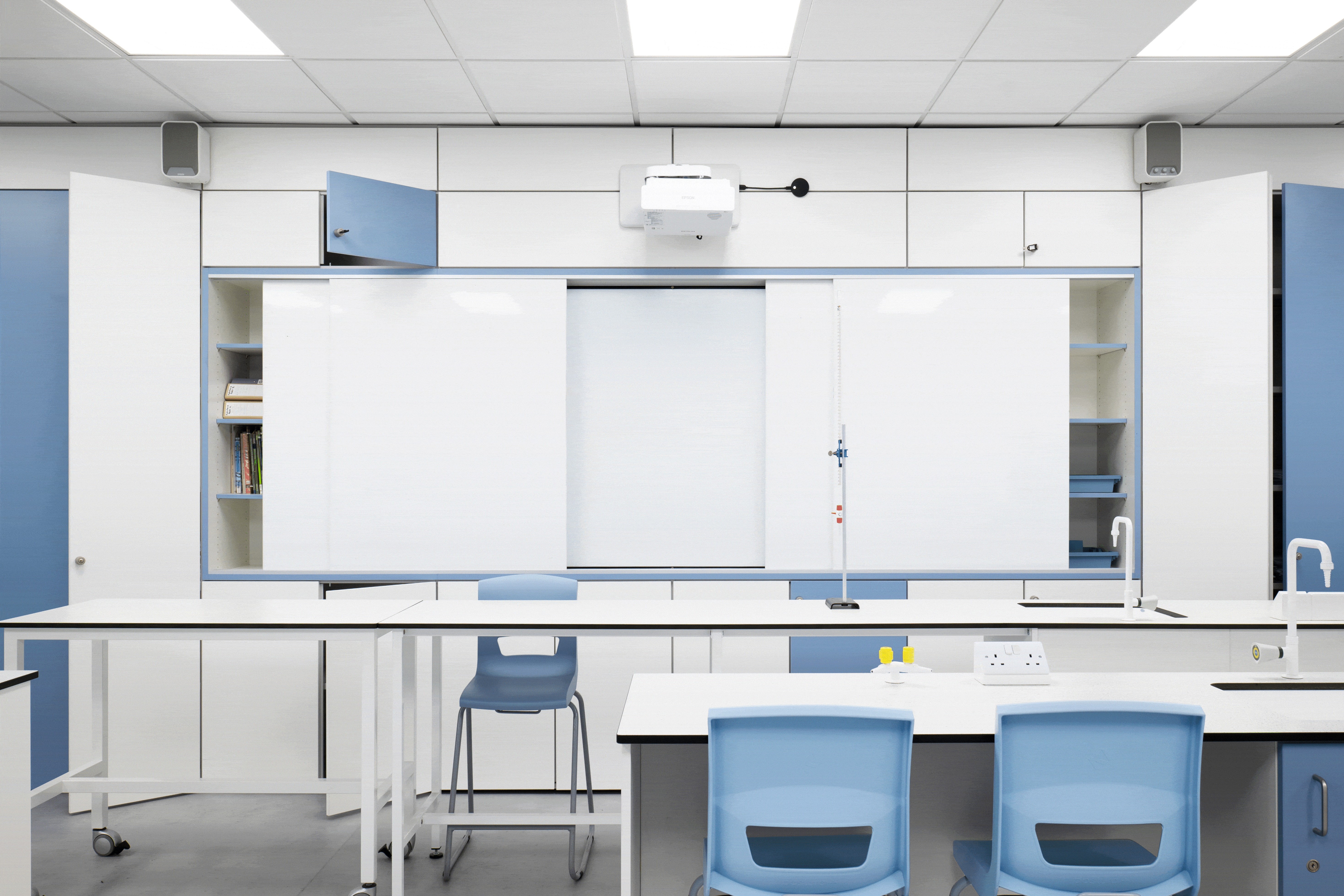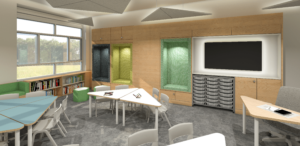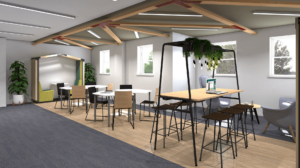Our new short series of articles explores the different boarding requirements for separate age groups. We follow on from our first article on junior boarding by exploring what it takes to create a successful senior boarding house.
Schools, by their very nature, are required to cater for different interests, ages, and individual preferences. Lessons are tailored to meet the needs of the pupils; teachers take a great deal of time planning activities and resources that allow the children to achieve their best. And schools will go beyond considering the lesson content and delivery, they will purposely build classrooms that meet the demands of those who use them the most, with learning spaces for older children often looking very different to those that are occupied by younger cohorts.
So when boarding schools are tasked with the job of designing their boarding spaces, do they give the same due diligence to the areas that many of the pupils will actually spend the majority of their time? Or is the boarding house design subject to a one size fits all approach? We explore the importance of carefully considering each element of your boarding environment, and look at how your senior boarders can not just survive in their term-time homes, but thrive.
Nurture responsibility. As your boarders get older, you might hope that with age comes an increased sense of responsibility and accountability. But that all-important skill will only develop if opportunities are provided to practise implementing this initiative. Where junior boarders away from home for the first time might need more encouragement to organise themselves and their daily lives, ease off the handholding as the children get older. Perhaps make it an expectation that older boarders do some aspects of their laundry once a week, and provide user-friendly laundry facilities for them to access. Allow them more flexibility over the layout of their furniture, finding a plan that works for them and the rest of the boarding community. And put systems in place to help the older pupils take some responsibility for the well-being of the younger pupils. It can be as simple as allowing them to arrange social activities, managing boarding house display boards, or creating designated zones in which they can council the rest of the boarding community. Create opportunities for independence.In keeping with providing instances to promote responsibility, closely linked is creating opportunities for independence. And the environment and design of the boarding house can play an important part here. If the boarding house is an overly safe, restrictive environment, then boarders risk missing out on acquiring important life skills. There should be places older pupils can access that encourages them to take controlled risks in a carefully monitored environment. Ideally, senior students should be allowed access to simple cooking facilities, allowing them to independently make snacks and basic meals. It might be possible to provide equipment to allow them to experiment with baking, nurturing not only the skills required to bake delicious treats for the rest of the school but teaching them about shopping for ingredients and clearing up the kitchen afterwards. If your school site allows you might be able to take the controlled risk-taking one step further by teaching the necessary skills to safely BBQ, with the older children hosting younger boarders for their own summer BBQ events.Allow space to just do nothing.The temptation for those responsible for the wellbeing of boarding school pupils is to plan every second of their waking lives. But timetabling each segment of the day can be detrimental to their mental health. Children and young adults should be given time to just do nothing. And they should have suitable spaces for this. Informal seating areas without a focus are essential for encouraging sociability and allowing pupils space and freedom to develop as individuals. If space permits, consider mixing up these informal areas. Perhaps have some outside facilities, as well as inside zones, for deliberately doing nothing.
More privacy.As boarders enter senior status, they are probably going to crave more privacy than younger students. The trick is providing this privacy whilst maintaining a safe environment. National standards require senior boarders sleeping accommodation to be separate from younger pupils, but as the students get older, you might find it useful to increase the size of their own personal space. Increasing the potential for expression and independent growth.Recognise the changing role of daily school life for seniors.As pupils get older, the focus of their school life will gradually change. Whereas younger boarders will be in the process of making friends and forging social groups, older pupils will largely have established their friendship circles. And whilst school is still about interaction and comradery, senior boarders will begin to feel the pressure of exams, coursework, and academic success. In response to this, boarding spaces should reflect the need to focus on schoolwork. Allow plenty of user-friendly areas for individual and collaborative study. Consider increasing the size of the student’s bookcases to house an increasing collection of texts, and ensure that the desks that they use allow them to spread out and work to their full potential. This will not only stand them in good stead for any upcoming exams but serve as suitable preparation for university or any further study they might choose to undertake.
Allow for separation. But don’t create division. It’s important to recognise that senior students will want to spend time away from the younger students, and this is their right. It can be useful to provide space for older boarders to call their own, allowing them a chance for independence, but also giving the younger pupils something to aspire towards. These spaces could be in the form of a senior common room, providing seniors with additional facilities not found elsewhere in the boarding house, or simply zones within an existing room. However, you might want to consider limiting the use of these spaces to avoid creating division and segregation. Perhaps having a rota during which seniors are allowed to occupy these areas.Places to detach from the pressures of school.As mentioned previously, senior pupils will be beginning to feel the academic pressures of a busy school curriculum, and it is important to provide places where they can detach from school life. Be sure to incorporate calm and relaxing areas accessible to senior boarders that allow them to relax and switch off from school. Low lighting and soft furnishings can help to create a peaceful and therapeutic ambience, perfect for unwinding after a busy day. And do your best to make it feel homely. The time invested in creating the perfect atmosphere for your boarding community will pay dividends in the long run.Whatever your boarding house requirements, we can help you design facilities to best suit your students. Whether you are starting a boarding house project from scratch, or looking tore-vamp an existing building, talk to one of our specialist designers to make your boarding house a place to celebrate



